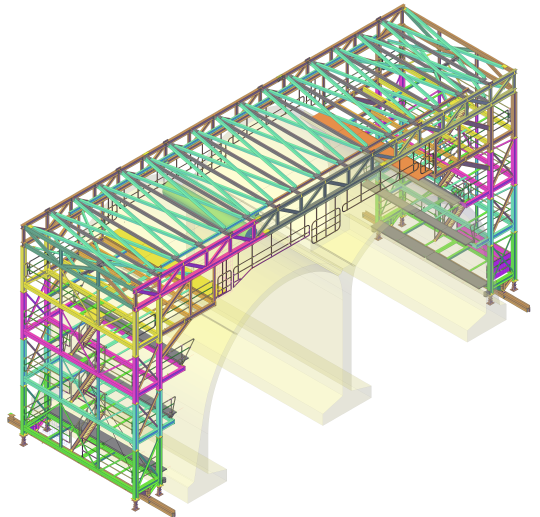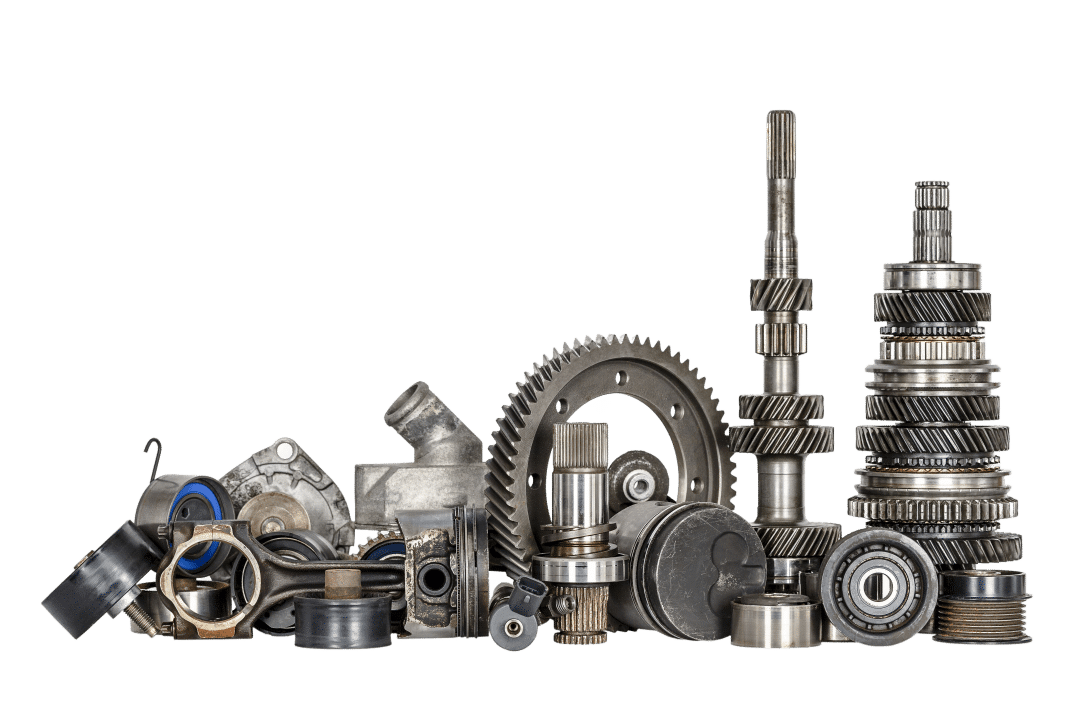When it comes to producing a 3D CAD model or going from paper to CAD, Solidworks is a superb piece of software. Most engineering firms or architects use this tool to help make 3D modelling simpler, faster and more accurate. If your engineers already use this to produce existing drawings for your clients, then you will know how great it is.
A very handy feature within Solidworks is the ability to automate the way in which cables, pipework or even tubing is routed. This is a great time-saver for your engineers or architects and will help them complete a 2D or 3D CAD model on Solidworks much faster.
Here are a few tips on how to make routing a breeze in Solidworks.
1. Keep control of the sketch
In Solidworks routing, the various elements can be controlled by using sketches which are dimensioned in the normal way. The really great thing here is that users can choose to route via the geometry already in place for faster results. Not only this but it will also allow the design to stay as intended and not be warped or changed in any way. This can be done in any of the manufacturing drawings produced and from a structural member to a structural frame for example.
2. Use already existing parts
When routing in this tool, users can opt to create their routing parts from scratch. While this is fine in theory, it is very time-consuming for lots of components! Naturally, this can then have a knock-on effect for the completion of the whole project. It is normally a better idea to open up a component that already exists and is similar to the new one your engineers need to create. Make the modifications on this and then simply save it to a new directory for smarter results.
3. Use templates
Whether it is process and plant drawings or photorealistic renders that your team are working on, templates can save lots of time and hassle. This is as true for routing in Solidworks as it is for any other job. Make sure templates are set-up to improve workflow and group the schedules being worked on according to the template they need to use.
4. Use the configurations menu
One common issue that your team may come across is that each different physical part may have a different size. Naturally, this throws up a problem around part management that needs solving. One of the quickest and easiest ways to go about this is with the Configurations menu. This will allow users to create multiple part configurations, ready to use when they need to.
5. Always keep the routing library up to date
This is a crucial tip for all engineers who use Solidworks. Once new components have been created, they need to be added into the routing database in the routing library manager. If this is not done, they will not appear there to use or be saved to use another time. Obviously, this is quite frustrating if it occurs and means the time spent creating new components has been wasted.
Contact Restoric Design today
There is no doubt that Solidworks is a very powerful piece of software for CAD. Routing is a very handy feature for your team to know about as it can save lots of time and hassle for them. Here at Restoric Design, we offer world-class CAD services and advice around Solidworks.
From reverse engineering to help with the manufacturing of drawings, marketing and process and plant, we can help with it all. Our focus on top quality CAD services along with trust and reliability makes us the best CAD outsourcing company around.
If you are in need of the best CAD services on the market, then give us a call today to find out more. We are confident that we can help you achieve the results you need for the next big project you have on.



